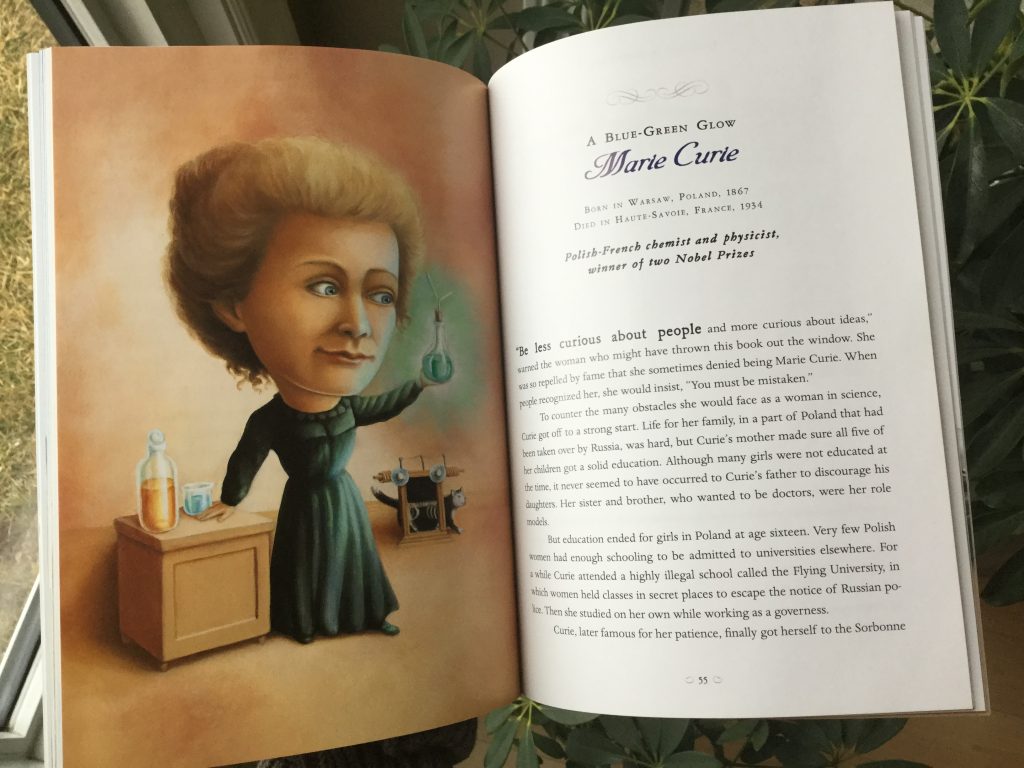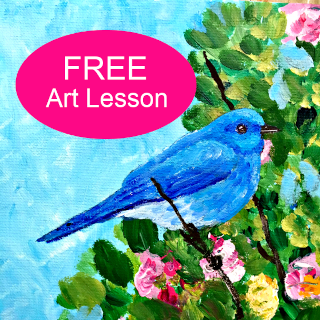We have incorporated quite a few different things in our Morning Time over the years. We’ve covered devotions, singing, praying, poetry, memorization, picture study, music appreciation, Latin, French, and even math (though never all of those at the same time!).
This book contains affiliate links. Please see my disclosure policy for details.
Last year I got my hands on a wonderful old book called Mathemagic, which does a pretty great job of introducing mathematical concepts in a storybook format. My kids often complain and say they hate math, and Mathemagic did a great job of showing them that math is more than a chore — I highly recommend using math themed storybooks with math resistant kiddos!
Since adding math to our Morning Time ended up being such a success, I wondered, are there any other dreaded subjects that I could incorporate into our Morning Time? Could casually learning about science through stories change my children’s perceptions about the subject?
I was recently given the opportunity to review Lives of the Scientists: Experiments, Explosions (and What the Neighbors Thought) and I thought it just might fit the bill.
Lives of the Scientists: Experiments, Explosions (and What the Neighbors Thought) is part of a series of eight books featuring biographies of famous people. The other books focus on writers, musicians, artists, presidents, athletes, extraordinary women and there’s even one on pirates.
This book takes a brief and chronological look at the lives of 20 scientists , and it includes all sorts of interesting and sometimes comical details about their lives, including their childhoods, physical ailments, and food preferences. Details that my non-science loving kiddos found enjoyable. It also referenced scientific discoveries and prompted many questions about both history and science, which was exactly what I was trying to achieve.
Lives of the Scientists is illustrated with vibrant oil painted pictures. My kids got a kick out of the out of proportion heads! Other illustrations show scenes appropriate to each scientists work or life.
As a mother of girls, I was especially pleased that of the 20 scientists included in the book, 7 of them were women (I’m completely ok that it wasn’t a 50/50 split). My oldest is often asking (and complaining) about history books that focus so heavily on the lives of men — she wants to know what the women were doing too!

Lives of the Scientists: Experiments, Explosions (and What the Neighbors Thought) is written by Kathleen Krull & illustrated by Kate Hewitt. It can be purchased in Canada from Chapters-Indigo, and from Amazon.com in the U.S.
We also enjoyed some of the quotes taken from the scientists themselves. In the picture above we have this nugget of wisdom from Marie Curie, “Be less curious about people, and more curious about ideas”. It reminded me of the quote which is often attributed to Eleanore Rosevelt that says that “Great minds discuss ideas; average minds discuss events; small minds discuss people”. Inspired by Marie Curie perhaps?
A word of caution to parents, please use your discretion when using this book with your young children. As the title suggests, the book does include information that would be considered “rumour”. In one instance for example, the sexuality of one of the scientists is speculated about. My children are young (9 & 6) and not familiar at all with the word homosexual, so I skipped that part. I’m glad we were using this as a read aloud and not independent reading, as I’m not wanting to address this particular topic with my children at their current ages.
The book also mentions several rather “unsavoury” things about the scientists. It mentions extra marital affairs, a child born out of wedlock who was put up for adoption, and that one particular scientist was known for sleeping nude. Reading this book led to many interesting conversations and questions, as well as some incredulous expressions on my oldest’s face. Although this book was written for young children, I found some of the subject matter to be more suitable for older ages. It would be my recommendation that this book only be read independently by children who are older (probably teens), who have already been introduced to these topics, and who are able to exercise discernment.
Our experiences using both math picture books and now science biography in our Morning Time has really got me thinking about expanding our use of math and science in Morning Time. Could adding a full (or part of a full) science curriculum to our Morning Time change my children’s appreciation for those subjects? Could I cover science entirely (apart from hands on experiments and such) during Morning Time by simply reading aloud the content to my kids?
I received this book from Raincoast Books for free in exchange for an honest review. All opinions expressed are my own.




